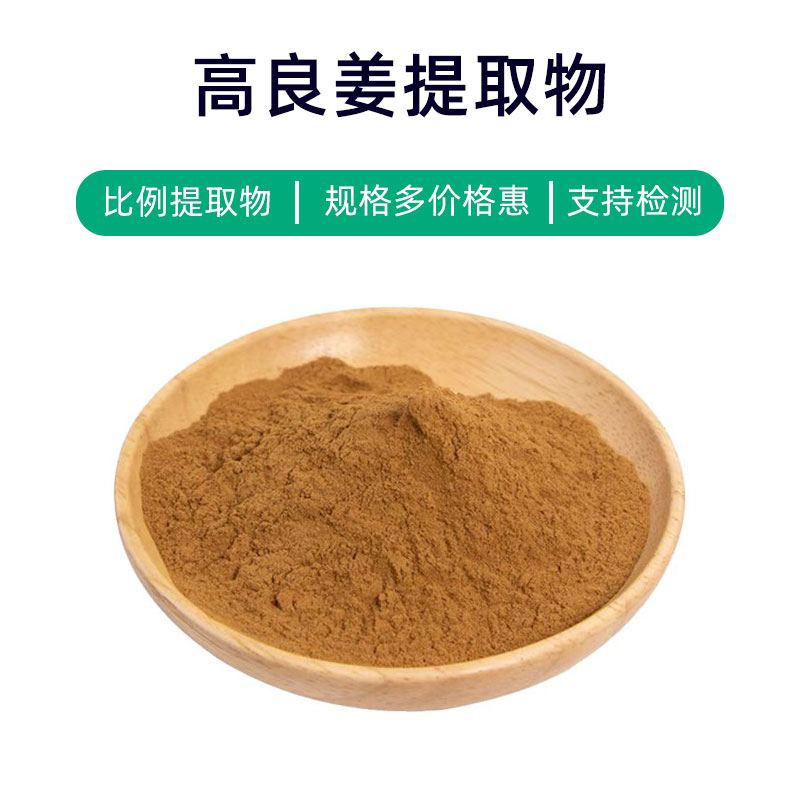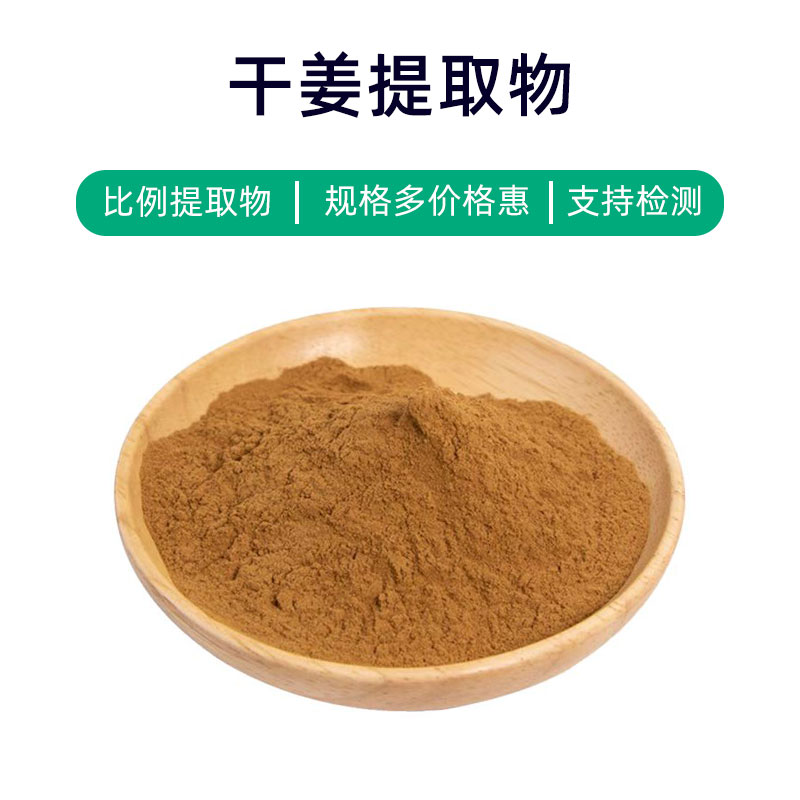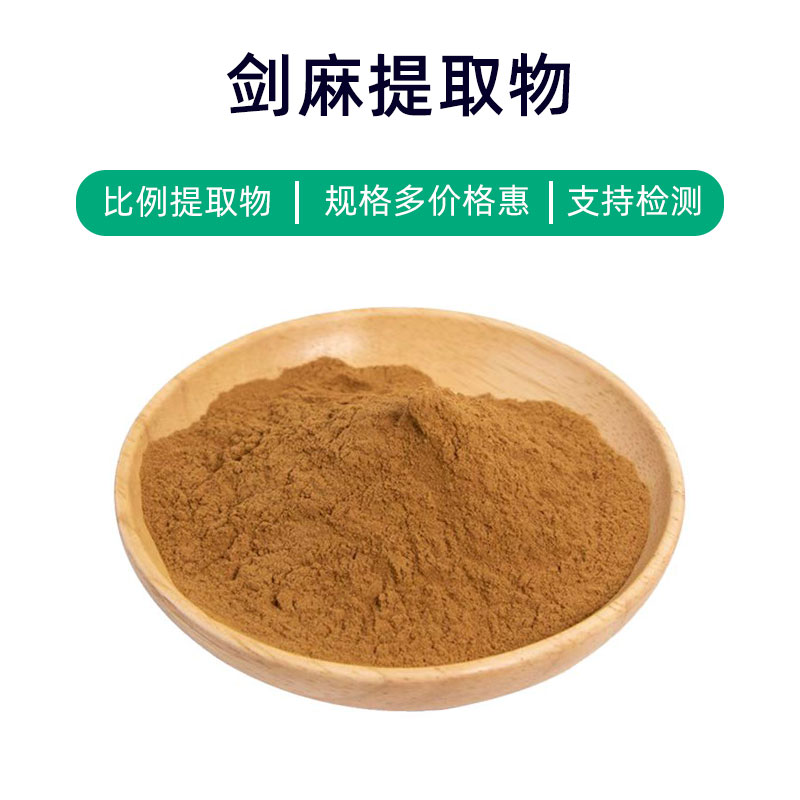Yellow Dock Extract Product Introduction
Yellow dock extract is a natural medicinal material obtained from the roots of the yellow dock plant. Its main components include flavonoids, anthraquinones, and aromatic acids. These components give yellow dock extract various benefits and applications.
- Main Components: Yellow dock extract is rich in flavonoids, such as emodin and chrysophanol, and also contains anthraquinones and aromatic acids.
- Efficacy: Widely used in the fields of medicine and health care, yellow dock extract has benefits including clearing heat and reducing fire, promoting diuresis and reducing swelling, and invigorating blood circulation. It's commonly used to improve indigestion, regulate gastrointestinal function, and enhance skin conditions.
- Applications: In the pharmaceutical field, yellow dock extract is often used to prepare traditional Chinese medicine formulations, dietary supplements, and drugs. In dietary supplements, it is commonly included to improve digestion and promote metabolism. In cosmetics, it is frequently used in skincare products, whitening products, and anti-inflammatory products to condition the skin and reduce inflammation.
Overall, yellow dock extract, as a natural plant extract, has a broad application outlook in pharmaceuticals, dietary supplements, and cosmetics, and its rich active components contribute to various effects, making it highly regarded and utilized.
Yellow Dock Extract Production Process
The production process of yellow dock extract is complex and requires multiple steps to obtain high-quality extract. Here’s an overview of the production process:
- Raw Material Collection: Fresh yellow dock plants should be selected as the raw material, typically collecting the roots to ensure the quality and active components of the plant.
- Cleaning: The collected yellow dock roots need to be cleaned to remove soil and impurities, ensuring the raw material is clean and hygienic.
- Grinding: The cleaned yellow dock roots must be crushed or ground to a powder form to enhance extraction efficiency.
- Extraction Process: Extraction is a key step in the production process. Common methods include water extraction, alcohol extraction, and supercritical fluid extraction. Water extraction is one of the most common methods, using heating or cold soaking to extract active components from the plant.
- Filtration and Concentration: The extracted liquid must be filtered to remove impurities, followed by concentration to evaporate moisture and obtain a concentrated extract.
- Decolorization and Purification: The concentrated extract may contain pigments and other impurities, requiring decolorization and purification, typically using activated carbon for adsorption and filtration.
- Crystallization and Precipitation: Some components can be separated and purified through crystallization or precipitation to obtain a higher purity extract.
- Final Drying: Finally, the processed extract is dried to form powder or solid form, making it convenient for packaging and storage.
The entire production process requires strict control of parameters such as temperature, pressure, and time to ensure the quality and stability of the extract. Additionally, proper cleaning and disinfection of production equipment and processes are necessary to guarantee product safety and hygiene.
Yellow Dock Extract Effects and Side Effects
Yellow dock extract is a common traditional Chinese herbal material with various effects and actions, including the following:
- Anti-Inflammatory Effects: Yellow dock extract contains multiple bioactive components such as flavonoids and polysaccharides, which have anti-inflammatory properties and can suppress inflammatory reactions and alleviate symptoms.
- Immune Regulation: Yellow dock extract has certain regulatory effects on the immune system, helping to enhance immune function, increase resistance, and reduce infection risks.
- Antioxidant Properties: Rich in various antioxidants, yellow dock extract can eliminate free radicals in the body, delay cellular aging, and protect cells from oxidative damage.
- Anti-Tumor Potential: Some studies suggest that yellow dock extract may have a suppressive effect on certain tumors, inhibiting the proliferation and metastasis of tumor cells, indicating potential anti-cancer properties.
- Antibacterial and Anti-Inflammatory: Yellow dock extract demonstrates inhibitory effects against various bacteria, fungi, and viruses, making it useful for treating infectious diseases with antibacterial and anti-inflammatory effects.
- Blood Sugar Regulation: Yellow dock extract can help regulate blood sugar levels, assisting in blood sugar control and providing some supportive treatment for diabetic patients.
- Liver Protection: Yellow dock extract has a protective effect on the liver, helping to reduce liver damage and promote the repair and regeneration of liver cells.
Yellow dock extract has extensive applications in clinical and research areas, commonly used in traditional Chinese medicine preparations, dietary supplements, and cosmetics. Despite its numerous benefits, care should be taken while using it:
- Appropriate Dosage: When using yellow dock extract, follow medical advice or product instructions to avoid excessive use, which may cause adverse reactions.
- Be Aware of Side Effects: Though yellow dock extract is a natural product, it may still cause allergic reactions or digestive issues in some individuals; monitor physical responses during use.
- Drug Interactions: In certain situations, yellow dock extract may interact with other medications, affecting efficacy or increasing the risk of adverse reactions; use under medical guidance.
In summary, yellow dock extract serves as a multi-functional herbal material positively impacting health but should be used in moderation to prevent adverse reactions.
Yellow Dock Extract Application Scenarios and Dosage
Yellow dock extract has a wide range of applications in pharmaceuticals, foods, and cosmetics. Here are the specific application scenarios and dosage recommendations:
- Pharmaceutical Field:
- Usage: Yellow dock extract is commonly used in traditional Chinese medicine formulations like granules, capsules, and oral liquids for immune regulation, anti-inflammatory, antibacterial, and liver protection.
- Dosage: Generally, it is recommended that adults take 0.5-1 gram of yellow dock extract granules or capsules orally, 2-3 times a day; dosages for children should be adjusted according to age and weight, ideally under medical guidance.
- Food Field:
- Usage: Yellow dock extract can be used as a food additive to enhance the nutritional value and health benefits in health foods and functional beverages.
- Dosage: The amount of food additive should follow specific product formulations and regulatory guidelines, typically controlled according to food safety standards during production.
- Cosmetic Field:
- Usage: Yellow dock extract is frequently utilized in skincare products for its antioxidant, anti-inflammatory, and soothing properties, useful in creams, masks, and lotions.
- Dosage: The amount used in cosmetics is usually determined by product formulation; it’s advisable to follow product instructions or expert recommendations to avoid excessive use.
It is important to note that as a natural medicinal material, yellow dock extract should consider the following points in the above application scenarios:
- Moderate Dosage: Regardless of the field—pharmaceuticals, food, or cosmetics—care should be taken to use yellow dock extract at appropriate dosages to avoid excessive use leading to adverse reactions.
- Safety of Use: For specific groups like pregnant women, children, elderly people, or patients with specific diseases, recommendations from healthcare professionals should be followed to ensure safe usage.
- Quality Assurance: When purchasing yellow dock extract products, choose reputable sources to ensure product quality and safety.
- Allergy Awareness: Some individuals may be allergic to yellow dock extract. If allergic reactions occur during use, stop using it immediately and seek medical attention.
Overall, yellow dock extract holds significant application value in pharmaceuticals, food, and cosmetics, but it is essential to follow relevant regulations and recommendations to ensure safe and effective usage.
Yellow Dock Plant Introduction, Distribution, and Growth Environment
Yellow dock (scientific name: Rumex crispus) is a common traditional Chinese herbal material, also known as dock or yellow dock, belonging to the Polygonaceae family. The following is a detailed description of yellow dock’s source plant, distribution, and growth environment:
- Source Plant Introduction:
Yellow dock is a perennial herb with a creeping rhizome and yellow roots. It has pinnate compound leaves with oval or elliptical leaflets, long petioles, and dark green leaves. Its flowering period is from April to May, with small yellow flowers clustered at the tips of branches. The fruit is a compound achene, spherical and red. - Distribution:
Yellow dock originates from China and is mainly distributed in East China, South China, and Southwest China, including provinces like Zhejiang, Jiangxi, Hunan, Guangdong, Guangxi, Sichuan, and Guizhou. In these regions, yellow dock often grows in mountainous areas, along ditches, moist grasslands, riverbanks, and forest edges, generally at altitudes between 500 meters and 2000 meters. - Growth Environment:
(1) Soil Requirements: Yellow dock thrives in moist, fertile, well-drained soils, preferably sandy loam or soils rich in organic matter.
(2) Light Conditions: It prefers ample sunlight but can also adapt to semi-shaded environments.
(3) Humidity Requirements: It is highly adaptable to humid environments but can also tolerate drought, well-suited to various moisture conditions.
(4) Temperature Requirements: It can grow in a wide temperature range, flourishing better in warm and humid conditions during the growing season.
(5) Altitude Distribution: Yellow dock primarily grows in low mountainous and valley regions between 500 and 2000 meters in altitude.
Overall, as an essential Chinese herbal material, yellow dock has a diverse growth environment and can adapt to various soil, light, humidity, and temperature conditions; however, it is particularly favored in well-drained soils with sufficient sunlight and moderate humidity.
Yellow Dock Extract Processing and Storage
The processing of yellow dock extract generally includes the following steps: first, the dried yellow dock is crushed or ground, and then extracted using suitable solvents (such as ethanol or water), followed by filtration, concentration, and drying to obtain the extract. To ensure the quality and stability of the extract, factors such as temperature and pH value must be controlled during processing.
For storage, yellow dock extract should be kept in a cool, dry, well-ventilated environment, avoiding direct sunlight and humidity. The extract should be shielded from oxygen, light, high temperatures, and moisture, ideally packaged in sealed containers or aluminum foil bags to extend its shelf life and stability. It is essential to note that the extract may undergo color changes or degradation during long-term storage, so regular checks and assessments of its quality should be conducted to ensure the product's safety and efficacy.
Monica Sun is a seasoned expert in the plant extraction industry with over a decade of experience in research and production. She specializes in the extraction and purification of plant active ingredients, focusing on driving innovation in natural product applications. Monica has participated in the development of multiple functional plant extracts, delivering high-value natural raw material solutions for the health food, pharmaceutical, and dietary supplement sectors.



















